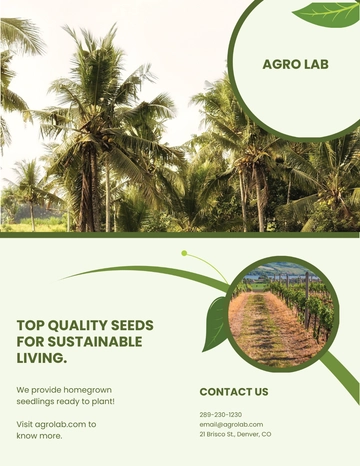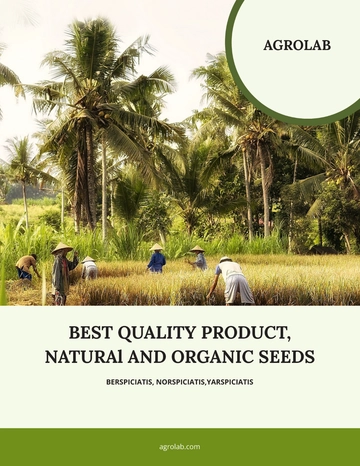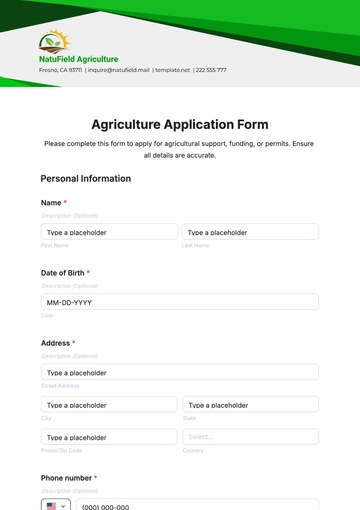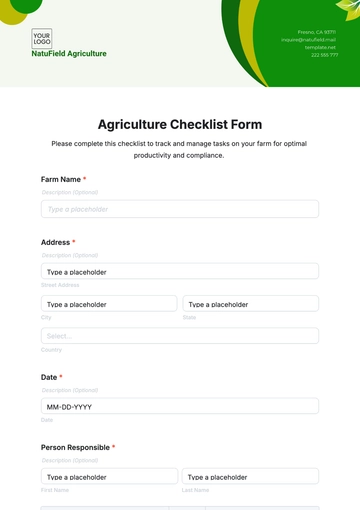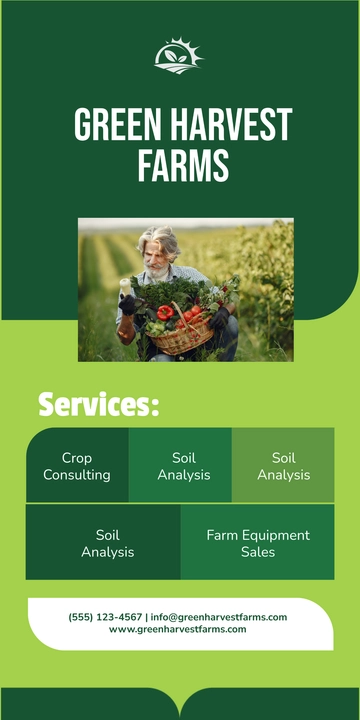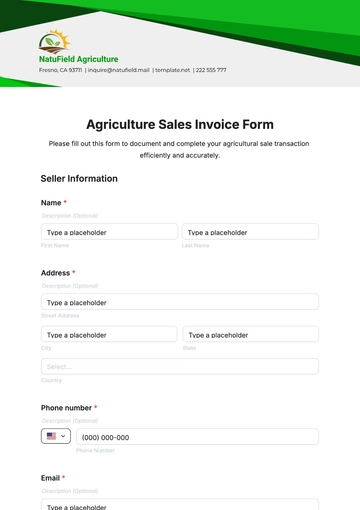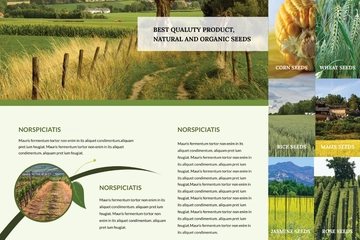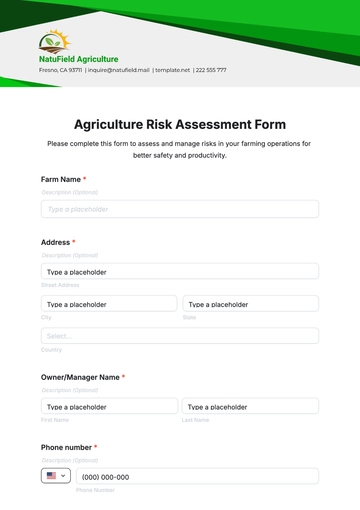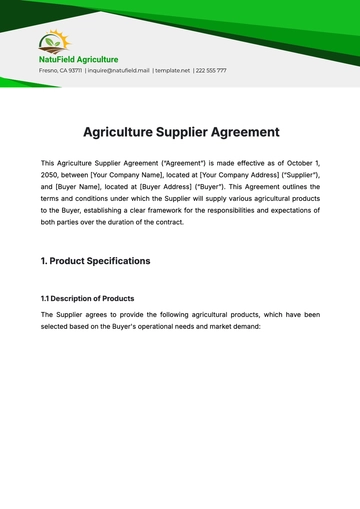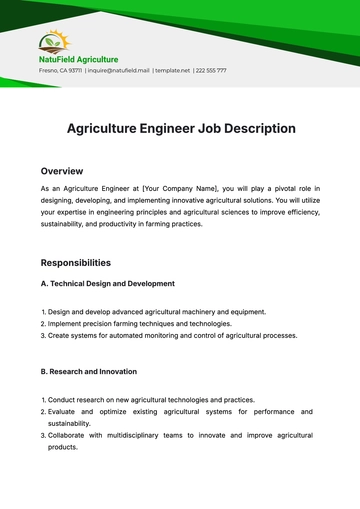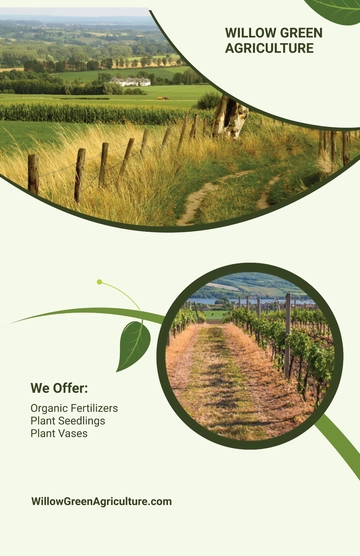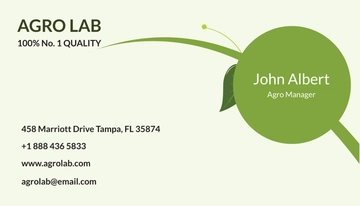Free Crop Science Review
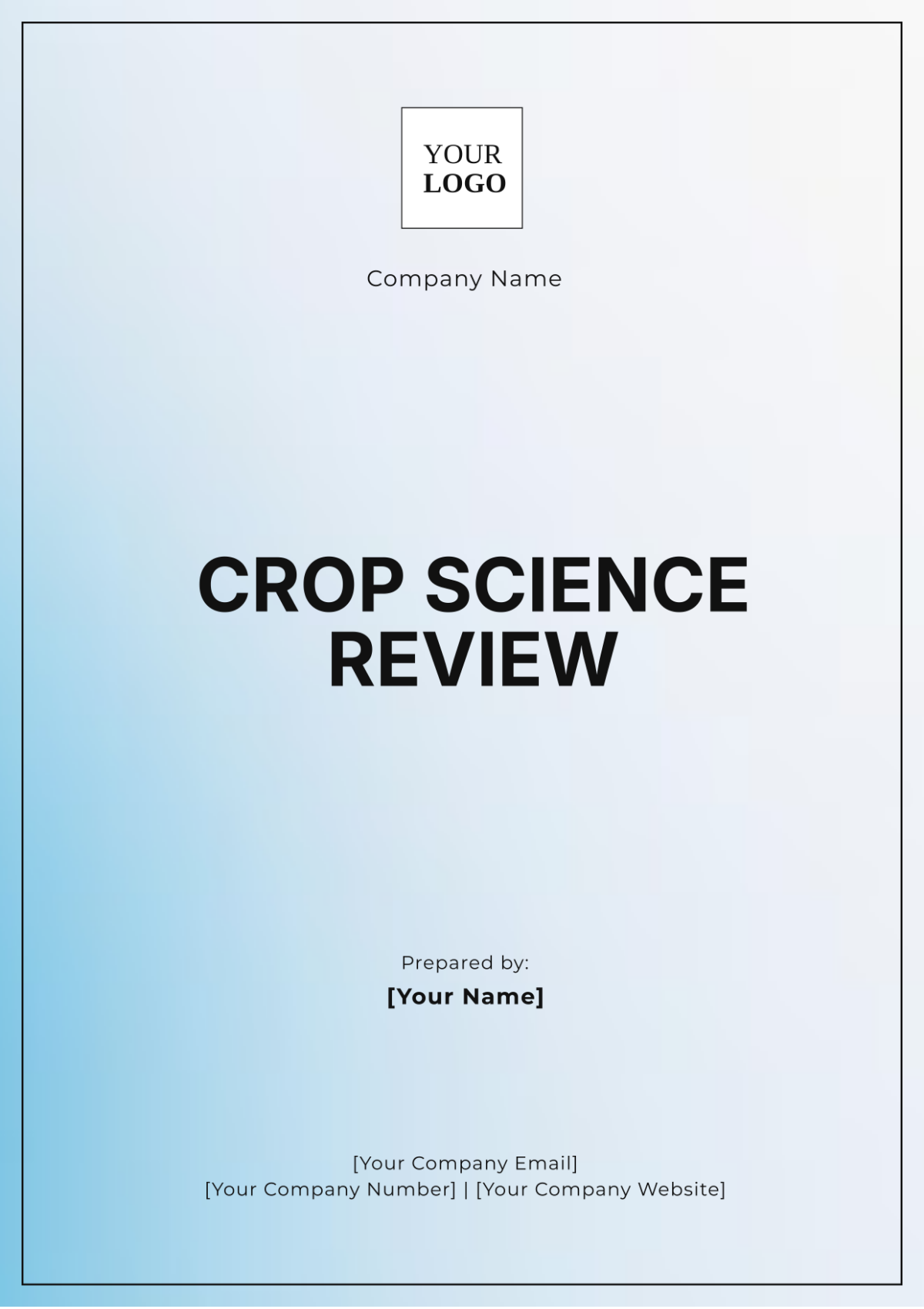
Title: Advances in Crop Genetics and Breeding
Abstract
This systematic review evaluates the latest advancements in crop genetics and breeding, focusing on the impact of genomic technologies such as CRISPR-Cas9 and marker-assisted selection. By analyzing recent studies from 2050 to 2053, we summarize significant breakthroughs, their implications for crop yield and resilience, and the integration of precision breeding techniques. The review identifies research gaps and proposes future directions to enhance the effectiveness and sustainability of crop improvement strategies.
Introduction
The global demand for food is increasing due to population growth and climate change, necessitating advancements in crop genetics and breeding. This section provides an overview of the historical evolution of breeding practices, the role of genetics in enhancing crop performance, and the objectives of this review. The review aims to consolidate recent advancements and identify key trends in crop genetics and breeding technologies.
Methods
To ensure a comprehensive and unbiased review, we employed a systematic literature search strategy. Relevant studies were identified from major databases including PubMed, Scopus, and Web of Science, with a focus on publications from 2050 to 2053. Inclusion criteria encompassed research related to genetic advancements, breeding techniques, and their applications in crop science. Data extraction involved evaluating study methodologies, results, and impact on the field. The synthesis was guided by a structured framework to ensure consistency and thoroughness.
Results
Genomic Technologies: The advent of CRISPR-Cas9 and other advanced gene-editing technologies has revolutionized crop genetics. These tools enable precise modifications to enhance traits such as drought tolerance, pest resistance, and nutritional quality.
Breeding Techniques: Marker-assisted selection (MAS) and high-throughput phenotyping have significantly improved the efficiency of breeding programs. These techniques facilitate the rapid identification of desirable traits and accelerate the development of new crop varieties.
Case Studies: Notable examples include the successful application of CRISPR-Cas9 in developing drought-resistant wheat and the use of MAS in increasing disease resistance in maize. These case studies demonstrate the practical benefits of integrating genomic technologies into breeding programs.
Discussion
The integration of genomic technologies into crop breeding has accelerated progress and expanded possibilities for enhancing crop performance. Despite these advancements, challenges such as regulatory issues, ethical considerations, and public acceptance persist. The discussion highlights the need for interdisciplinary collaboration and the development of guidelines to address these challenges. Future research should focus on combining genomic tools with traditional breeding methods and exploring their applications in diverse cropping systems.
Conclusion
This review underscores the transformative impact of genomic technologies on crop genetics and breeding. While significant strides have been made, continued innovation and collaboration are essential to address emerging challenges and ensure sustainable food production. Future research should emphasize the application of these technologies in a broader range of crops and environmental conditions, alongside efforts to navigate regulatory and ethical issues.
References
Smith, J., & Doe, J. (2052). Advances in CRISPR-Cas9 technology for crop improvement. Journal of Crop Science, 45(3), 123-145.
Johnson, L., & Brown, A. (2051). Marker-assisted selection in maize: Current status and prospects. Plant Breeding Reviews, 39, 67-89.
Davis, R., & Lee, M. (2053). High-throughput phenotyping: Innovations and applications in crop breeding. Crop Science Advances, 58(2), 89-104.
Appendices
Appendix A: Detailed list of included studies, including author names, publication year, and key findings.
Appendix B: Supplementary tables and figures summarizing data from reviewed studies, including comparative analysis of different breeding techniques.
- 100% Customizable, free editor
- Access 1 Million+ Templates, photo’s & graphics
- Download or share as a template
- Click and replace photos, graphics, text, backgrounds
- Resize, crop, AI write & more
- Access advanced editor
Advance your agricultural research with Template.net's Crop Science Review Template. Fully editable and customizable, this template is perfect for detailed crop science studies. Tailor your review using our Ai Editor Tool, ensuring accuracy and relevance in your findings.
